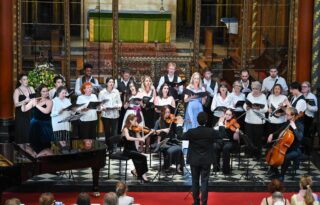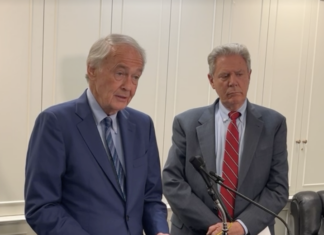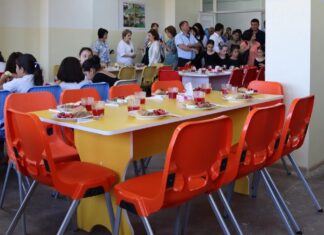By Aram Arkun
Mirror-Spectator Staff
WATERTOWN — The refrain is always that the Armenian language is in retreat in the United States, and in the diaspora in general. Western Armenian is even considered an endangered language by many. Still, here and there we can see some bright spots. St. James Erebuni Armenian School is one of them.
It is a Saturday school with a growing enrollment that provides a broader series of cultural and social events and a support network for students and parents. It is the result of a merger last September between the previously independent Erebuni School and the St. Sahag and St. Mesrob Armenian School Saturday language programs at St. James. It provides programs for children from the pre-school to the eighth-grade level. Classes are three hours weekly.
Like many other Armenian institutions, there is a long and complex history behind it. Fr. Arakel Aljalian, the pastor of St. James Armenian Apostolic Church, said that the Saturday school that was part of the church was independently founded more than 90 years ago, and actually preceded the establishment of the church by a decade. It was founded by the wife of the editor of Baikar, the Armenian-language sister publication of the Armenian Mirror-Spectator, and for many years the classes were held in the Armenian Democratic Liberal club.
Decades ago, there were as many as 300 to 400 students but these numbers declined over the years. When Aljalian first became pastor at St. James 16 years ago there were 40 to 50 students, and these numbers declined further to 18. Until the merger, only Western Armenian was offered. The church has Sunday schools that are completely in English and Western Armenian night classes for adults.







